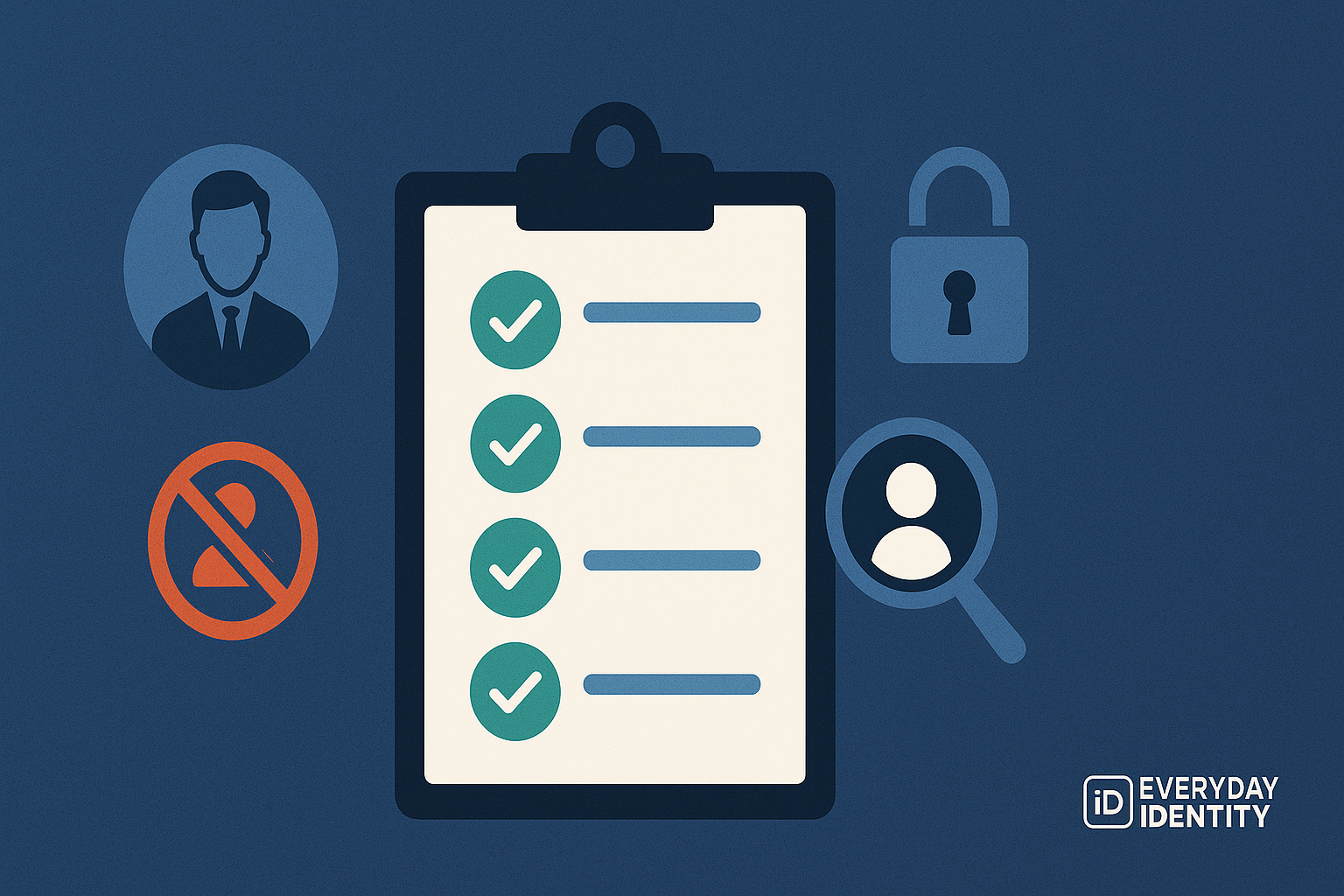
Access Reviews & Certifications: Why and How
Everything you need to know about periodic reviews, compliance value, and common traps to avoid
TL;DR
Access reviews and certifications are your IAM safety net. Done right, they ensure that users have only the access they need—no more, no less. In this post, we’ll explain the what, why, and how, along with real-world examples and common mistakes to avoid.
What Are Access Reviews?
Access reviews are periodic evaluations of who has access to what—ensuring that the right people maintain the right level of access based on their current role and responsibilities. These reviews typically involve:
- Users and Groups (e.g., Bob in Accounting still needs access to the Finance app?)
- Roles and Entitlements (e.g., Do contractors need admin rights to Jira?)
- System Access Logs (optional, but helpful for context)
These reviews are also known as certifications when conducted for regulatory or audit purposes.
Why Do Access Reviews Matter?
Compliance
Mandated by regulations like SOX, HIPAA, and GDPR. Periodic certification demonstrates due diligence.Risk Reduction
Least privilege is not a one-and-done deal. Roles change. People leave. Stale access is a security risk.Audit Readiness
You don’t want to scramble during an audit. Completed, timestamped access reviews show governance maturity.Business Alignment
Keeps IT and business on the same page. Managers know who’s in, who’s out, and why.
The Certification Process in Action
Here’s how a well-run certification cycle typically works:
- Define the Scope: Apps, entitlements, users, or roles
- Select Reviewers: Usually managers or data owners
- Launch Review Campaign: Emails go out with user-access info
- Review and Certify/Remove: Approve or revoke access, with optional comments
- Audit and Report: Track completion rates, exceptions, and actions taken
⏱ Best practice: Run these every 3–6 months. Automate where possible.
Common Pitfalls to Avoid
🚫 Rubber-Stamping
Reviewers approve everything without looking—often due to poor UI/UX or lack of context.
🚫 Lack of Ownership
No clear data owners = no accountability. Set up governance roles in your IAM platform.
🚫 Manual Hell
Excel spreadsheets and emails lead to errors and audit failures. Use tools like SailPoint, Saviynt, or Okta Identity Governance.
🚫 Infrequent Reviews
Annual isn’t enough. Roles and access change too frequently to rely on once-a-year cycles.
Real-World Example
A global retail chain found that 22% of terminated employees still had access to at least one internal app. After deploying automated quarterly reviews and integrating with Workday, that number dropped to <1%.
💡 Lesson: Reviews don’t just protect your perimeter—they plug leaks in your offboarding process.
How to Do It Right
✅ Automate Reviews
Trigger campaigns based on lifecycle events (e.g., job change, terminations).
✅ Contextualize Access
Show usage data, role definitions, and last login to help reviewers make informed decisions.
✅ Include Exception Flows
Not everything fits the mold. Allow comments, escalations, and delegated reviews.
✅ Document Everything
Every action, comment, and timestamp should be stored for audit purposes.
Final Thoughts
Access reviews aren’t just an IT checkbox—they’re a business-critical control. When implemented effectively, they improve your security posture, streamline audits, and reinforce trust between IT, HR, and the business.
Don’t wait for your next audit to take this seriously. Start small, automate smart, and refine as you go.
#EverydayIdentity #IAM #AccessReviews #IdentityGovernance #Compliance #Certifications